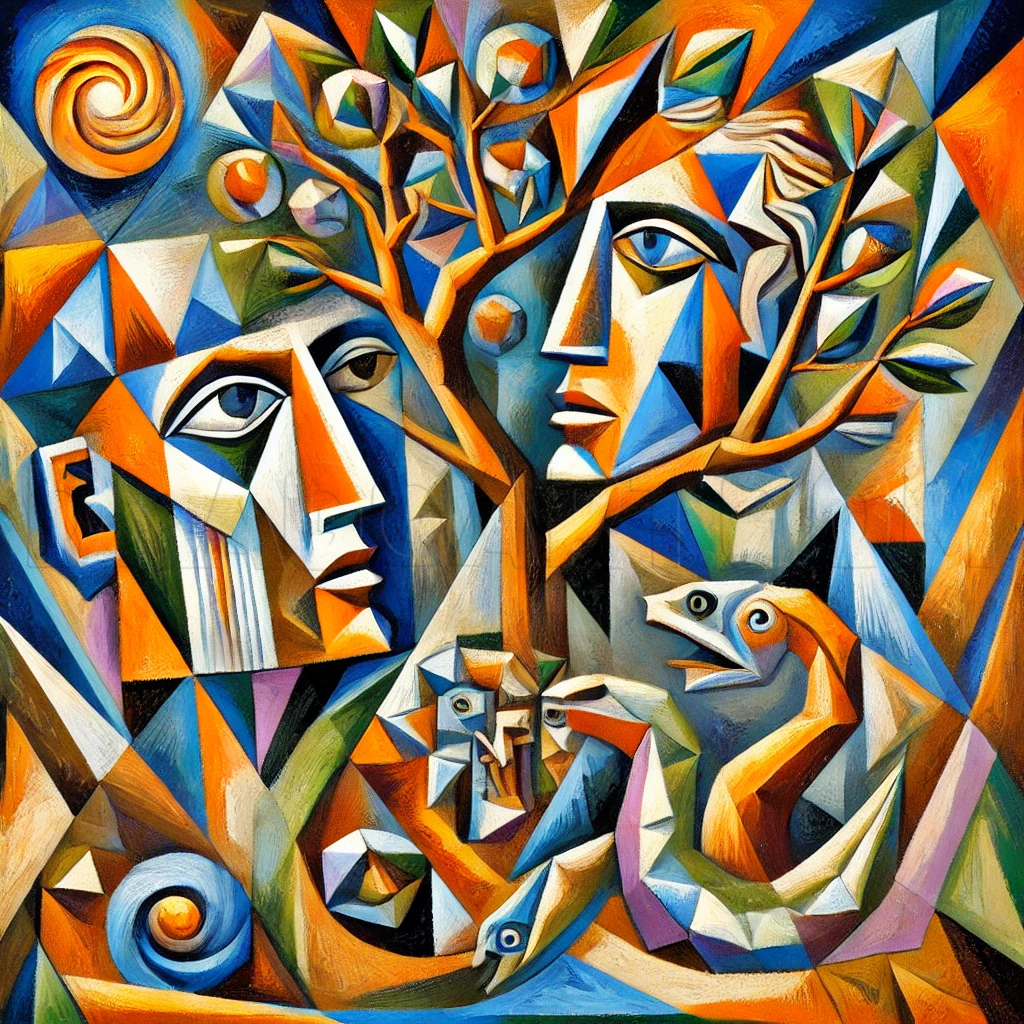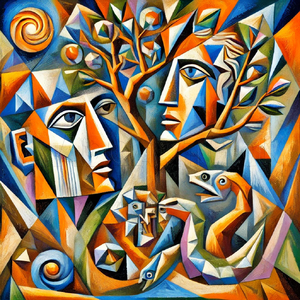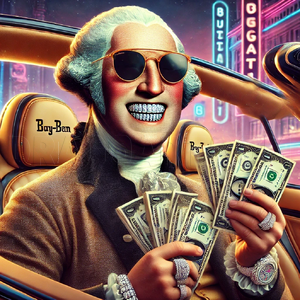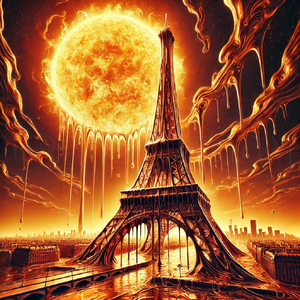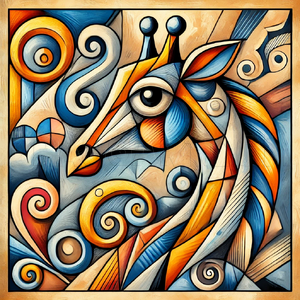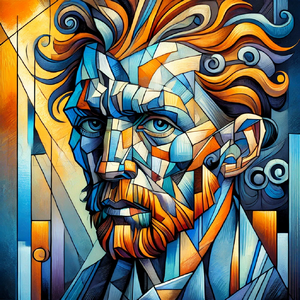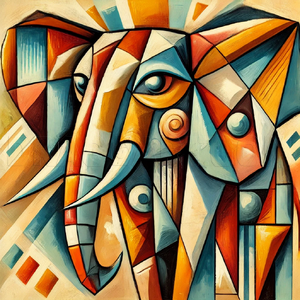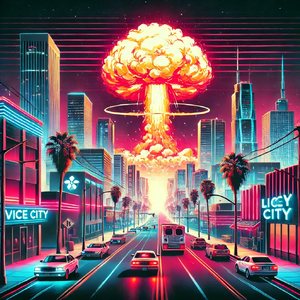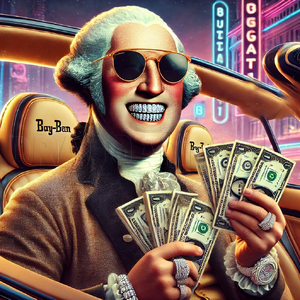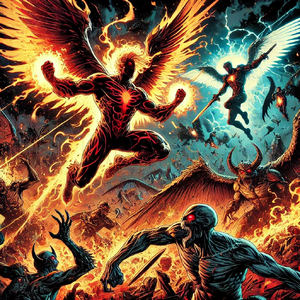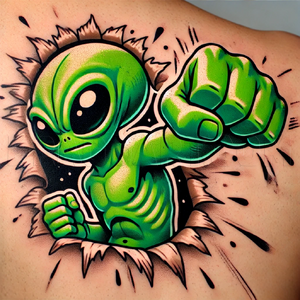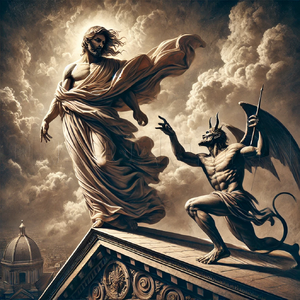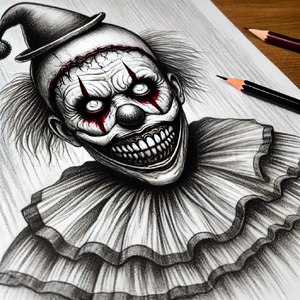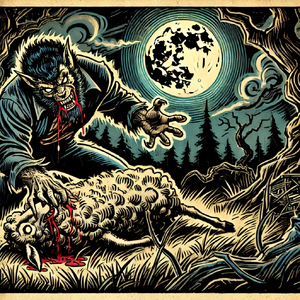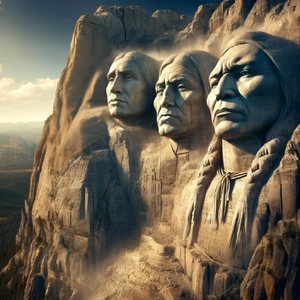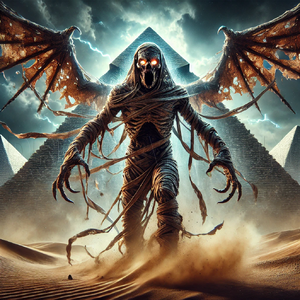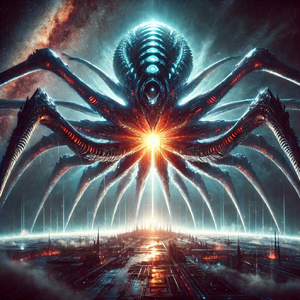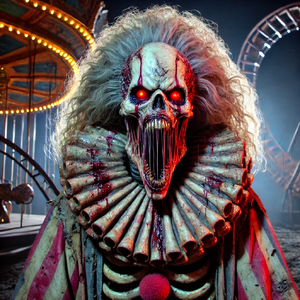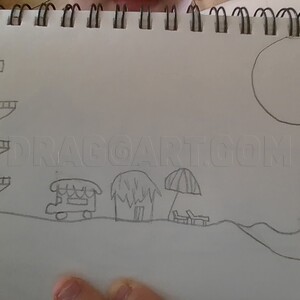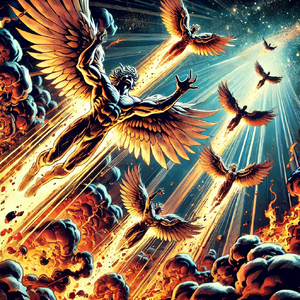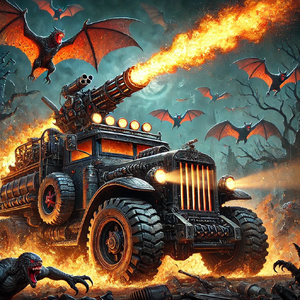Comments 0
Details
February 23, 2025
A.I. Generated
Pablo Picasso, one of the most revolutionary artists of the 20th century, lived a life deeply entwined with artistic exploration, political upheaval, and philosophical inquiry. Though raised in a Catholic household in Málaga, Spain, his relationship with faith was one of tension rather than devotion. Religion, for Picasso, was both an ancestral thread woven into his Spanish identity and a subject of deep skepticism, often reflected in his work. Unlike traditional religious painters who sought to glorify the divine, Picasso used religious imagery to interrogate, deconstruct, and reimagine. His early Blue Period paintings evoke a spiritual melancholy, portraying suffering with an almost sacred reverence, while his later works, particularly those of war and destruction, suggest a world where divinity is absent, or at best, silent. His 1937 masterpiece, Guernica, is devoid of conventional religious symbolism, yet its fragmented agony speaks to a crisis of faith in a war-torn era. Picasso neither embraced nor outright rejected the idea of God; rather, he treated it as another canvas—something to be shaped, distorted, and questioned. In the end, his art itself became a form of creation, an assertion of the artist as the ultimate architect of reality.
